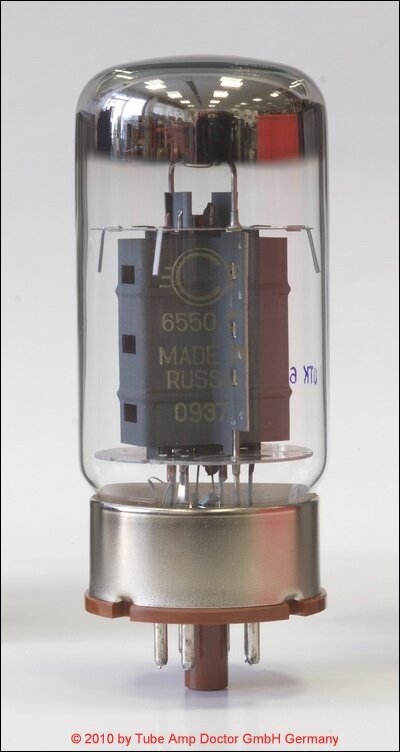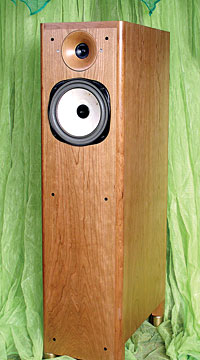Troels:
Basic principles of DTQWT:
DTQWT is in principle a 2-way with integrated subwoofers, thus no high-pass filter on the main front driver. This has the indisputable advantage of not needing any series capacitors, which would be excessively expensive if of good quality and sonically inferior to no caps, no matter how good the caps are.
Loading a horn helps keeping front driver membrane in place due to high acoustic impedance compared to a vented enclosure or open baffle and this is further assisted by the mode of action of all drivers.
DTQWT features an 8" front driver and two 10" rear mounted drivers, all connected with positive polarity. They are placed opposite to one another and the rear drivers are fed through a huge coil, thus only adding weight to the lower octaves. All drivers load a center horn and you may ask whether the large bass drivers won't have an impact on the front driver from sharing the same center horn and the answer is yes - and this is intentional. Air goes where pressure is low, thus when the rear bass drivers move inwards, they will push air into the large center horn and by doing so they will suck air from the front horn and pull in the membrane of the front driver. Obviously the front driver will do the same thing for the bass drivers.
By fine-tuning expansion of front, center and rear horns while measuring impedance, a balance can be found allowing the best possible power handling of the main front driver. The subjective experience from this is a cleaner midrange, distortion has been lowered (see measurements below) at high SPLs and yes - we have more bass. In fact a lot more bass compared to TQWT. The typical quality of the bass from a horn is quite different from conventional high mass/low efficiency bass drivers in small vented enclosures. The DTQWT delivers deep, dynamic and dry bass without the typical vented enclosure overhang.
In principle we can load the horn with any 10" bass drivers regardless of Fs, but there are limits. I found drivers with Fs ranging from 30-60 Hz suitable and without any noticeable difference unless the driver at the same time has high Fs and extremely low Qt, e.g. Faital 10PR300, which on paper looked suitable but in reality didn't perform well. Actually Fs was closer to 65 Hz and Qt = 26. The Eminence Deltalite 2510 II proved just ideal with Fs = 49 Hz and Qt = 0.39 (own data).
The length of the horn determines the lowest frequences you can expect from these kind of systems. This is not a function of the driver's Fs as many may think. Mind you: You can have a 5" high-Fs driver doing 30 Hz; you only have to built a humongous exponential horn to make it happen.
DTQWT is designed to do 40 Hz and from the impedance graphs below you can see this is the tuning frequency of the horn making two impedance peaks like a vented system.




